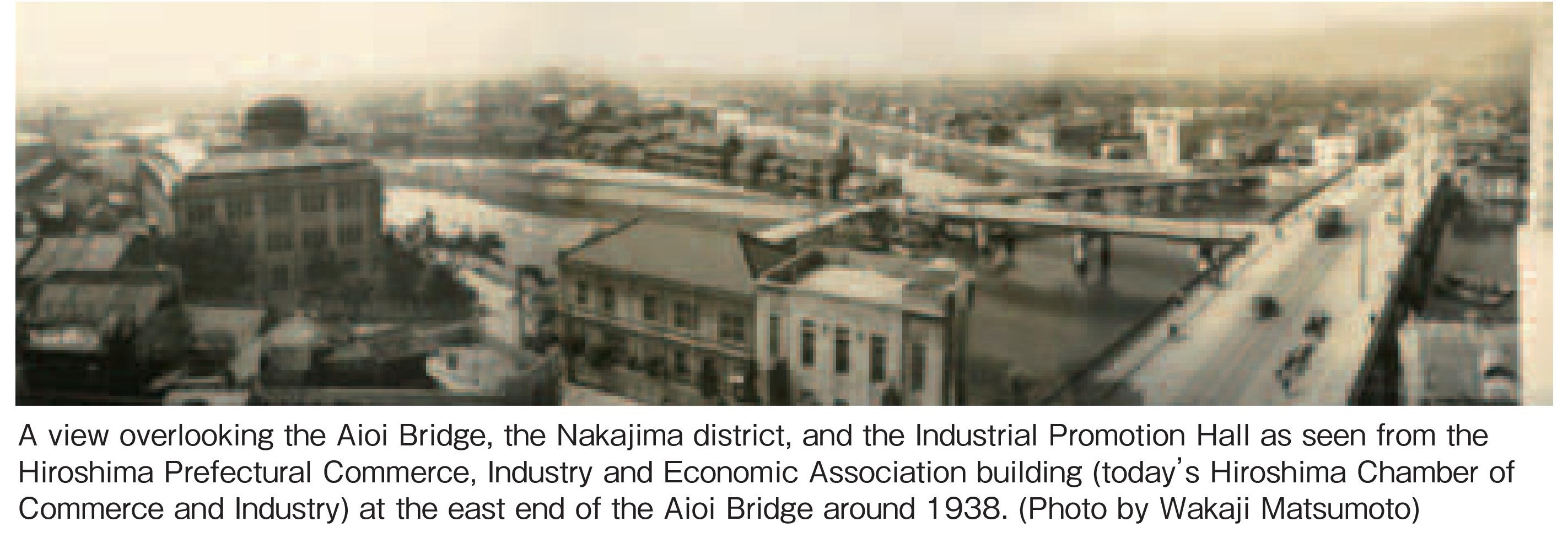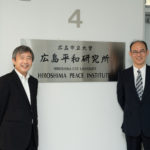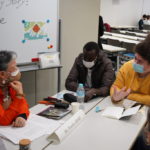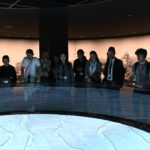1 Modernization of Hiroshima
The history of Hiroshima city begins with the construction of a castle located on the delta of the Ota River in 1589 by Terumoto Mori. Hiroshima was among several large local castle towns in the Edo period after Nagoya, Kanazawa and other major towns. After the Meiji Restoration, the town of Hiroshima became home to the Hiroshima Prefectural Government and the Hiroshima Garrison (later the Fifth Division) Headquarters of the Imperial Japanese Army. This helped the city maintain its position as the regional center of politics and military.
In the Meiji period, the Ujina Port was completed after five years of arduous construction in 1889, and the Sanyo Railroad and the streetcar in the city opened. In addition, new bridges and road networks, which traversed the delta were built. In addition to the cotton-spinning industry, one of the earliest industries to construct modern large-scale factories in Hiroshima, the city became home to the large-scale factories of the heavy and chemical industries in the period between World War I and World War II. The heavy and chemical industries developed as Hiroshima’s major
industries.
Hiroshima was also a center of learning before the war and had a variety of
educational institutions. The state-run Hiroshima Higher Normal School, opened in 1902 was known as the top school in the field of education in the western Japan. Both the Hiroshima Higher Normal School in the west and the Tokyo Higher Normal School in the east provided top level education in the field of education in the country. Moreover, many national government offices and branch offices of nationwide businesses were established in the city, and Hiroshima became a city with a large population after the six
big cities in Japan. Hiroshima’s past as a center of administration, a military capital, and a center of learning led its transformation into a modern city.

Inquiries about this page
Hiroshima Prefectural Office
Street address:10-52, Motomachi, Naka-ku, Hiroshima-shi, Hiroshima-ken, 730-8511
Tel:+81-(0)82-228-2111








